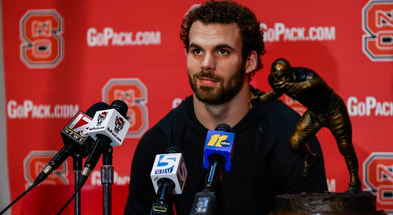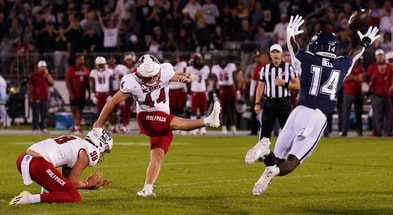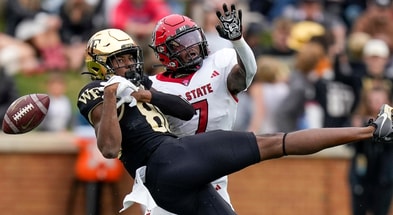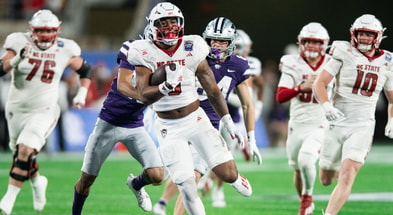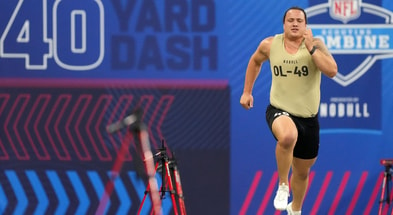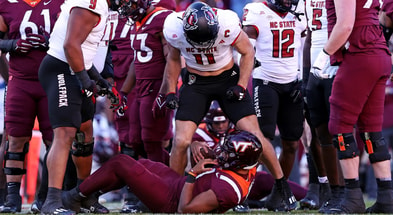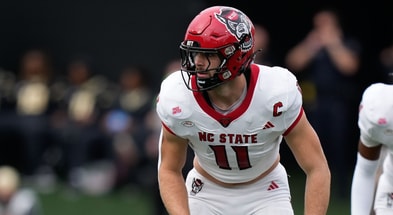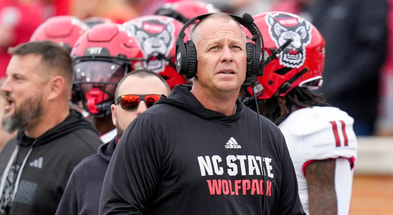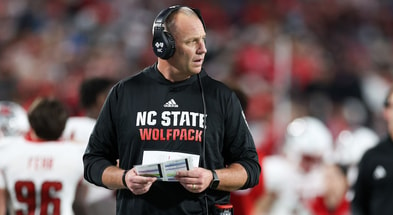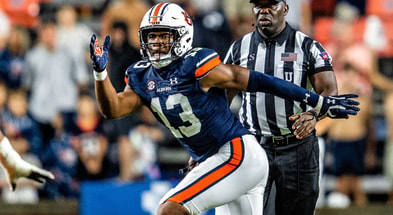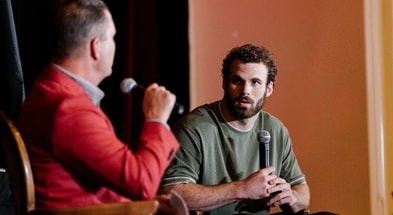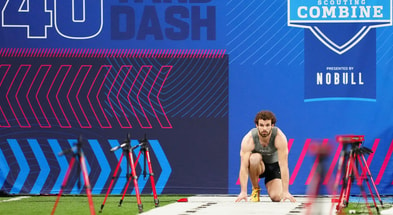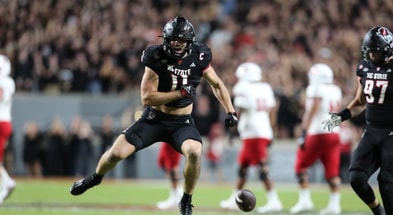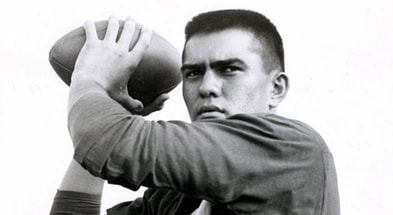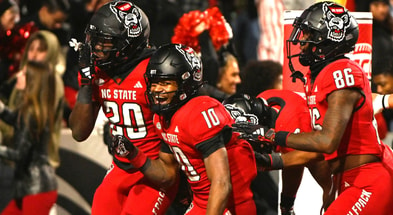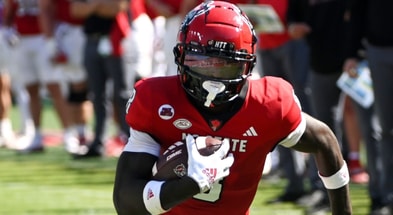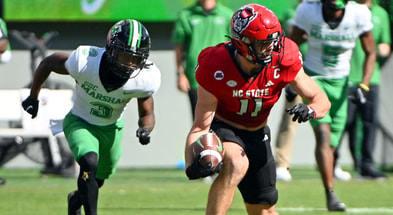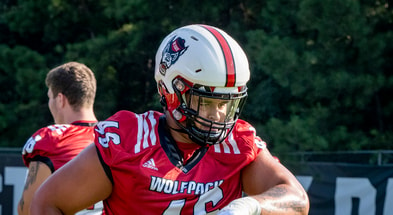Tim Peeler: NC State's Winston-Salem debut
In recent years, NC State football has suffered some hard times at Wake’s Groves Stadium, losing 11 of the last 13 games there. This year’s team, coming off wins against Clemson and Miami, travels to face the Demon Deacons again at rebranded Allegacy Federal Credit Union Stadium, in the annual renewal of college football’s second oldest rivalry.
State’s fortunes were not much better in the early days of making the 100-mile drive from Raleigh to the Deacons’ “new” campus, which was created in 1956 when the Reynolds Tobacco Company convinced North Carolina’s traditional Baptist college to relocate from Wake to Forsyth County.
That necessitated a move from the original Groves Stadium on the legacy campus to a new home for Demon Deacon football until a newer version of Groves Stadium debuted in 1968, which was christened with a 10-6 loss to Earle Edwards’ eventual ACC-champion Wolfpack in the season- and stadium-opener.
For the dozen years before, Wake played its home games in Bowman Gray Stadium, a multipurpose municipal venue southeast of downtown Winston-Salem that had played host to everything from high school sports, boxing matches, movie premiers and other such functions since 1937.
Wake Forest and Duke played in the first college football game at the new venue in 1938, with the Rose Bowl-bound “Iron Dukes” taking a 7-0 victory. NC State also played a regular-season, neutral-site game there on Nov. 3, 1941, against Southern Conference opponent Virginia Tech. The Hokies won 14-13 after the Wolfpack opened with a 13-0 lead.
The new home was built by the same federal government programs that completed NC State’s Riddick Stadium, the Memorial Tower, several residence halls and the three infamous tunnels under the railroad tracks that bisect central and south campus.
The 13,000-seat stadium was named for Bowman Gray Sr., the president and chairman of the board of trustees for Reynolds Tobacco who had replaced William Neal Reynolds, a name familiar to NC State basketball fans. Gray is also the namesake of Wake Forest’s medical school.
Like Riddick Field and at times Carter-Finley Stadium, Bowman Gray has hosted an odd collection of community and national events, from a lightly attended variety show featuring Bob Hope, the then Washington Redskin’s NFL preseason camp, to quarter-mile, flat oval dirt track races where trotter horses and midget cars ran from 1937-47. The track was paved in 1947, and the stadium has become one of stock car racing’s most famous venues, hosting weekly summer stock car races for 75 consecutive seasons.
In 1956, as part of its move from its namesake town, Wake announced it would play four home football games at the 19-year-old stadium by hosting its spring practice game there before the school was officially relocated.
The Deacons, led by first-year coach Paul Amen, didn’t have a prayer in their first two home games, losing 6-0 to Maryland and 17-0 to Clemson. It entered its third home contest against third-year coach Earle Edwards’ Wolfpack without having scored a point at its new home field. The Pack, which won its first game in the history of the four-year-old ACC in the 1956 season-opener against North Carolina, was also looking for a victory to help build Edwards’ program.
It was the 50th installment of the longtime rivalry and Wake’s first Homecoming in its new home.
Wake scored its first touchdown in Bowman Gray after State fumbled the ball away in the game’s first five minutes and Deacon quarterback Charlie Carpenter hit wide receiver Ralph Brewster on a 55-yard touchdown pass.
In the second quarter, Wake created another fumble and scored on a 32-yard run by Dick Daniels for a 13-0 lead.
State’s offense, led by halfbacks Dick Hunter and Dick Christy, made two trips to the red zone, but could not get across the goal line against the Deacon defense.
Wake lost its home finale that year, a 26-0 shutout at the hands of Duke. Over the next decade, State was 3-3 at Bowman Gray before ruining Wake’s debut at Groves in 1968.
Tim Peeler is a regular contributor to The Wolfpacker and can be reached at [email protected].
